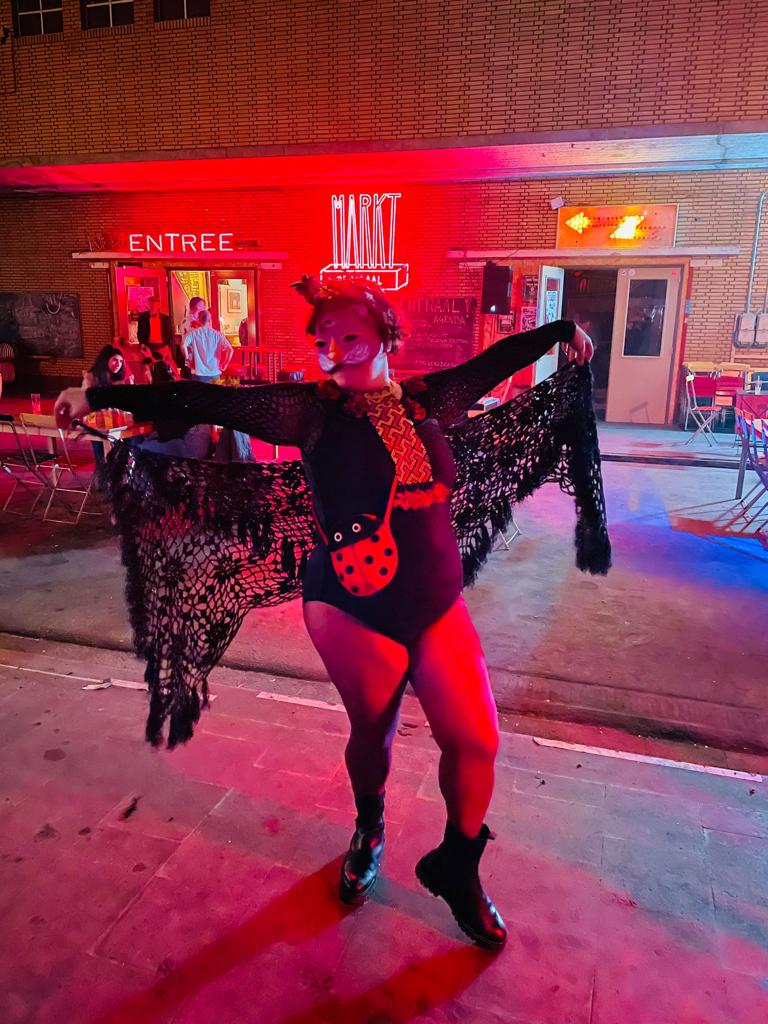In search of possible aesthetics in cosmopolitan life
I have been living in the Netherlands for almost a decade. Over the years, emotional and cultural needs have led me to reflect on the role of aesthetics in everyday life. More than that, I began to consider how aesthetic choices mirror histories, displacements, privileges, and erasures.
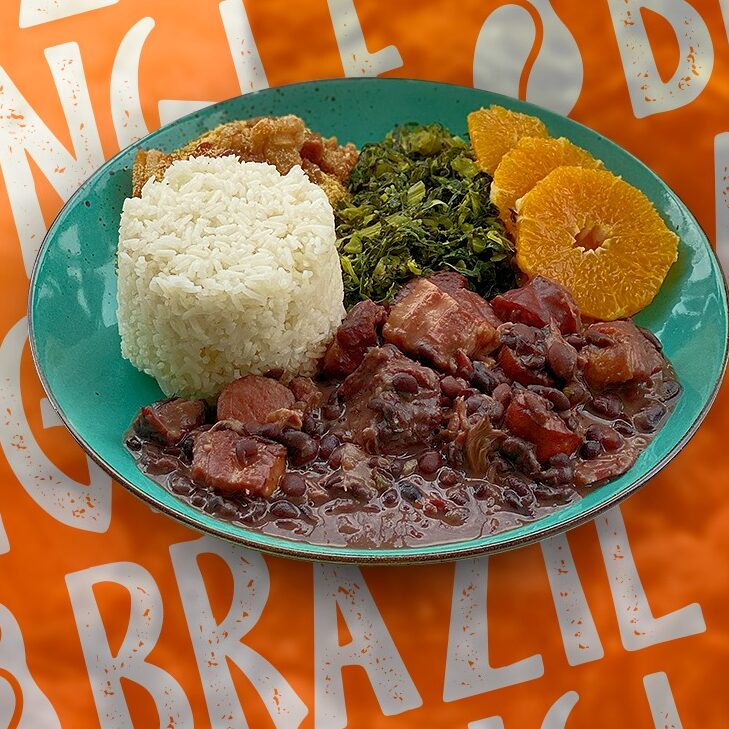
In 2020, during the pandemic, I found myself missing the food from my land Brazil. I missed the shared experience around the table, I began, alongside my best friend, selling feijoadas (the famous Brazilian bean stew) through social media here in the Netherlands.
Here in Northern Europe in 2025, minimalism is the norm. It shapes white and silent interiors, the clean lines of architecture, the small portions served on small plates, and the restrained way of inhabiting public space. Minimalism is not just a style; it is a social language.
Coming from a country defined by layers — of colors, sounds, overlapping heritages, generous portions served communally, and glaring contradictions — I began to wonder: Why is “less” seen here as more? And what is lost when excess is discarded?
Minimalism: From Philosophy to Lifestyle
Minimalism has deep spiritual and philosophical roots. In Greco-Roman Stoicism (Epictetus, Seneca), as well as in Buddhism, simplicity is seen as a path to inner truth. The American writer Henry David Thoreau also advocated for voluntary simplicity as resistance to industrialization (Walden, 1854).
However, in the Western modern context — especially in the Global North — this ideal has been transformed. Minimalism has become a symbol of sophistication and self-control. It was absorbed by consumer culture as a lifestyle: living with less, as long as that “less” is beautiful, expensive, and meticulously curated.
Authors like Kyle Chayka (The Longing for Less, 2020) discuss this paradox: today, minimalism is often a form of luxury. Moreover, as theorists like Walter Mignolo (The Darker Side of Western Modernity, 2011) observe, ideals of clarity, order, and neutrality have often been used as colonial tools to erase cultural practices deemed “chaotic” or “excessive.”
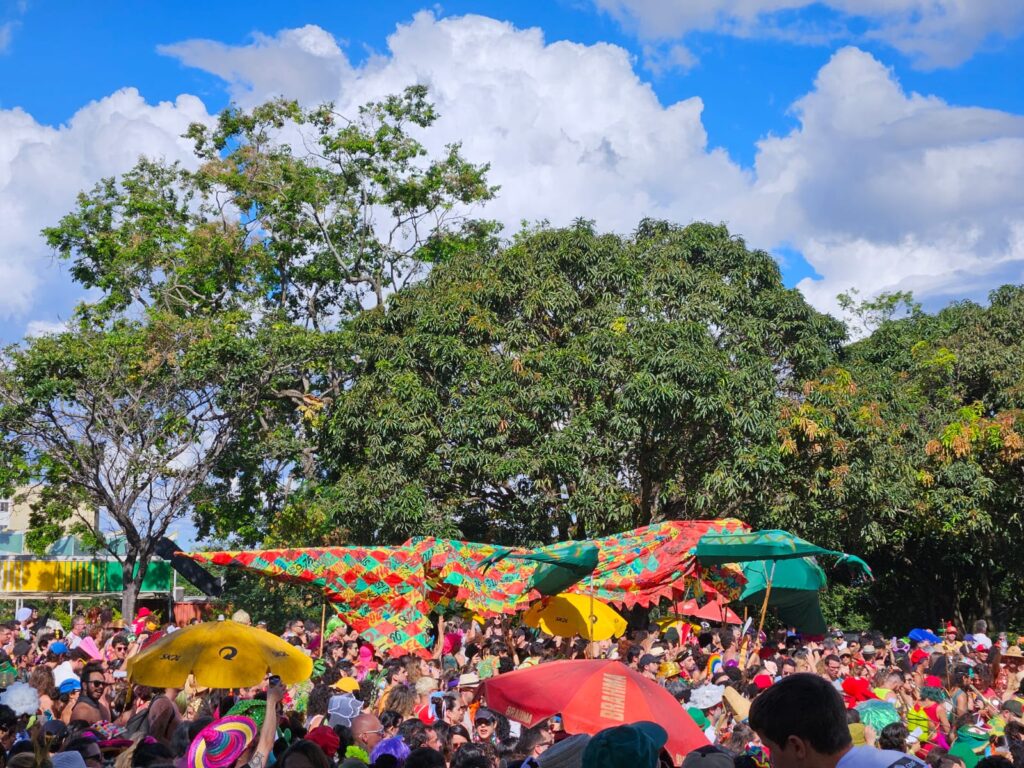
Maximalism: Resistance, Memory, and Identity
If minimalism has been used as a tool of control, maximalism has historically been a form of cultural resistance — as argued by Kobena Mercer, who shows how richly layered and colorful Afro-diasporic art challenges Eurocentric visual norms (Welcome to the Jungle, 1994). Especially in the Global South, where identities were denied or exoticized, excess becomes celebration: of survival, of ancestry, of presence.
I speak also from my own place of voice. I remember scenes that carry this “excess as bond” — collecting stationery to exchange with best friends, embroidering gifts for close relatives, or setting up small home altars with dried flowers, photographs, stones, and notes. These are everyday practices that occupy space with intention, memory, and connection. Small rituals that resist containment and affirm presence as care. I was born in the South of Brazil (Rio Grande do Sul) and raised in the North (Rondônia) since I was two months old, the daughter of a Southern mother and Northern father — heir to a culture in which aesthetic expression has never been neutral, but a living language of presence and affection.
In Afro-diasporic art, Indigenous altars, and popular festivities, maximalism holds layers of meaning. It is language. It is a living memory. It is what Édouard Glissant called “the right to opacity” — something that, as an economic immigrant in Europe and founder of a kitchen rooted in affection, resonates deeply with me. The right not to translate everything, not to simplify my presence, to exist in complexity even when aesthetic codes demand containment. The right not to be reduced or fully understood (Poetics of Relation, 1990).
In Brazil, movements like Tropicalismo rejected the clean aesthetics of European modernity in favor of mixture, hybridity, and noise. This refusal also lives on in Brazilian popular culture: in Bumba Meu Boi, in Maracatu, in samba school parades, and in the street processions of afoxés and blocos — expressions deeply rooted in Black and Indigenous resistance. These collective spaces of creation and celebration use vibrant colors, polyphonic rhythms, and exuberant visual languages that break from containment and celebrate excess as vitality.
Cosmopolitanism, Choice, and Inequality
In the cosmopolitan context I inhabit — living between worlds, languages, and codes — aesthetic choice is never neutral. “Less” is only a choice when there is abundance. As Argentine sociologist Silvia Rivera Cusicanqui said, “we cannot speak of decolonization without dismantling the epistemological structures of privilege.”
In other words: minimalist aesthetics are only viable for those who do not need to assert their presence in contested space. In a time of growing territorial and identity tensions in Europe, marked by restrictive migration policies and collective fears, aesthetic containment also acts as a subtle mechanism of exclusion — regulating how we may exist, relate, and express ourselves in everyday life.
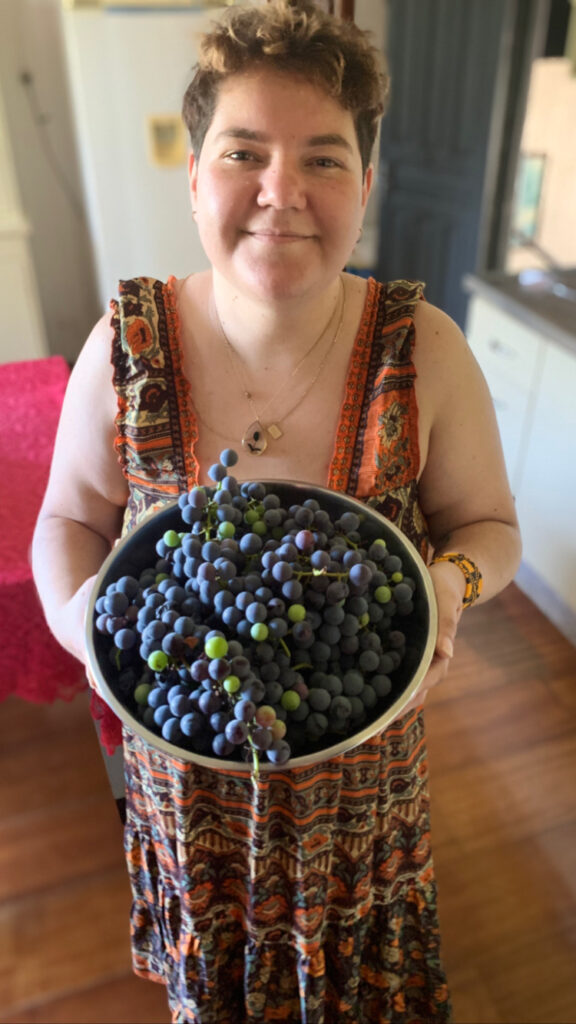
Affection, Body, and Daily Life
The search for a possible aesthetics also includes how we love, live together, and care for one another. When I work as a touch therapist and cuddling facilitator, I reflect on how gestures like embracing, caressing, and slow, caring contact — so simple and human — are often seen as excessive or inappropriate in cultures where bodily control and emotional distance are naturalized as elegance. In spaces where minimalism is linked to containment — of noise, scent, presence — how do we make room for expanded, plural, and sensory affections?
I think, for example, of ways of loving that defy the monogamous conjugal model. In polyamorous and communal networks of care, coexistence multiplies: more voices, more combinations, more negotiation. An aesthetics of entanglement. How can we sustain this kind of conviviality in spaces designed for isolation and restraint?
The Brazilian Indigenous philosopher Ailton Krenak invites us to think of affection as territory: something that connects us, that extends beyond the individual, and that carries collective memory and diverse cosmologies. Similarly, Geni Nunez, in Decolonizing Affection (2022), proposes affection as a tool of resistance and repair — challenging colonial forms of relationship that prioritize possession, control, and normativity. For Nunez, decolonizing affection also means decolonizing desire, care, and the way we relate — building a relational aesthetics that embraces difference, plurality, and conflict as part of life together.
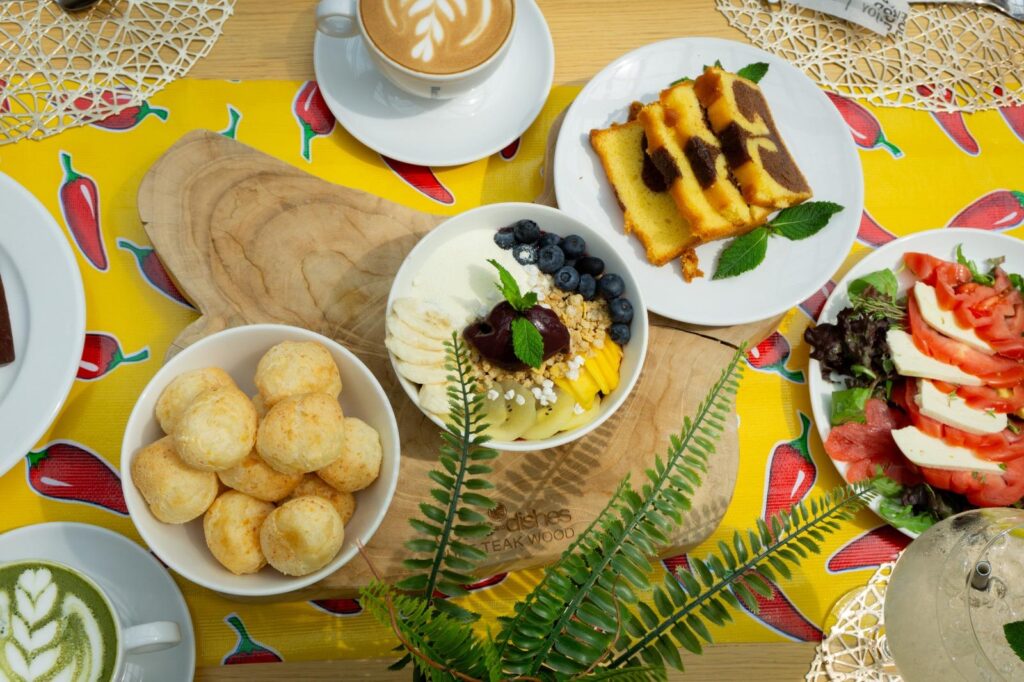
I also feel this conflict in the kitchen. Once, while preparing feijoada for European friends, I heard a well-meaning comment: “Wow, that smell lingers in the house for days, doesn’t it?” I smiled and kept serving, but that phrase stayed with me. What for me was the scent of affection and memory, for others was discomfort or excess. Sautéing garlic and onion, frying, serving in large trays: these are not just culinary techniques. They are practices that affirm presence, culture, and care. These smells are my mother tongue — not metaphor, but memory. An aesthetic ancestry that does not live in museums but in daily life: in garlic sizzling in the pan, in beans bubbling on the stove, in the smell that rises and fills the house like a family hug. They are what ground me.
If minimalist aesthetics express containment, maximalism, here, is also a gesture of care. Of remembering who we are, of making space for our bodies, our smells, our ways of loving.
A Possible Aesthetics
This is not about rejecting minimalism or romanticizing excess. It’s about asking: what stories fit into the spaces we create? What do our aesthetic choices say about the world we want to build?
Today, I try to cultivate a possible aesthetics: One that does not deny silence.One that does not erase multiplicity.
An aesthetics that makes room for memory, body, contradiction, and joy.
And you — what forms of beauty and presence are you cultivating in the spaces you inhabit?
And perhaps, more than aesthetics, what I seek is ethics — a way of inhabiting the world that respects its complexity.
References
- Ailton Krenak. Ideas to Postpone the End of the World. Companhia das Letras, 2019.
- Nunez, Geni. Decolonizing Affection. Jandaíra, 2022.
- Chayka, Kyle. The Longing for Less: Living with Minimalism. Bloomsbury, 2020.
- Glissant, Édouard. Poetics of Relation. University of Michigan Press, 1997.
- Mignolo, Walter D. The Darker Side of Western Modernity: Global Futures, Decolonial Options. Duke University Press, 2011.
- Thoreau, Henry David. Walden. 1854.
- Rivera Cusicanqui, Silvia. Ch’ixinakax utxiwa: A Reflection on the Practices and Discourses of Decolonization. 2010.
